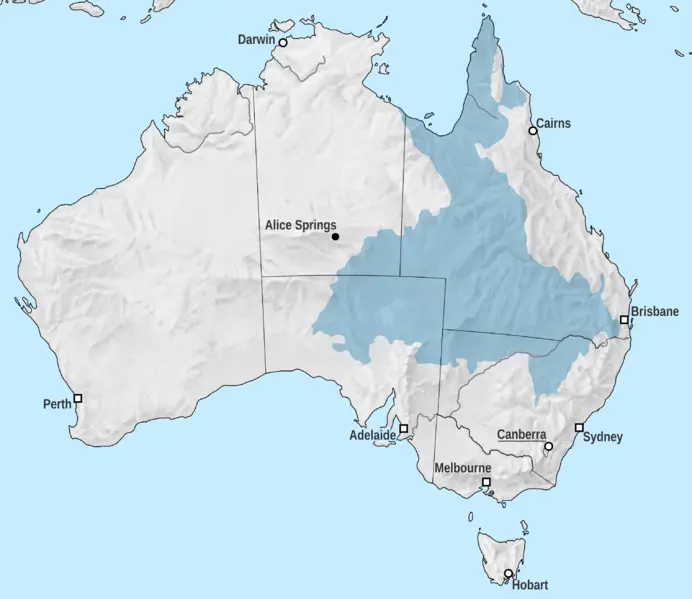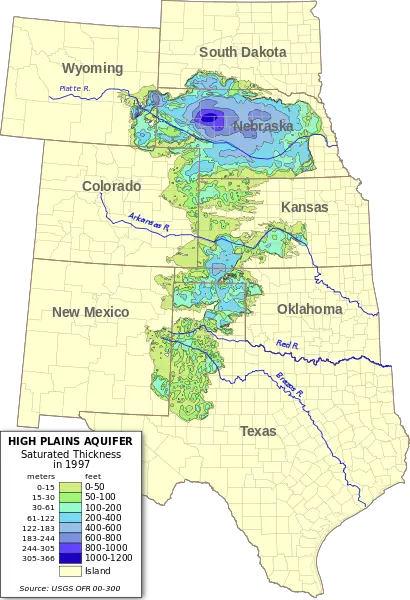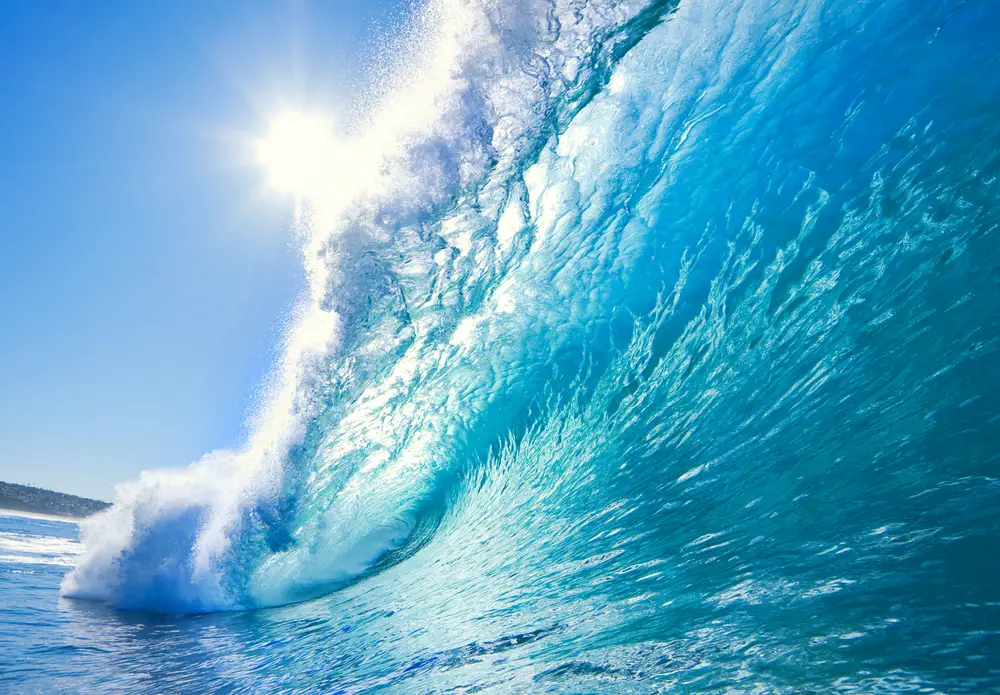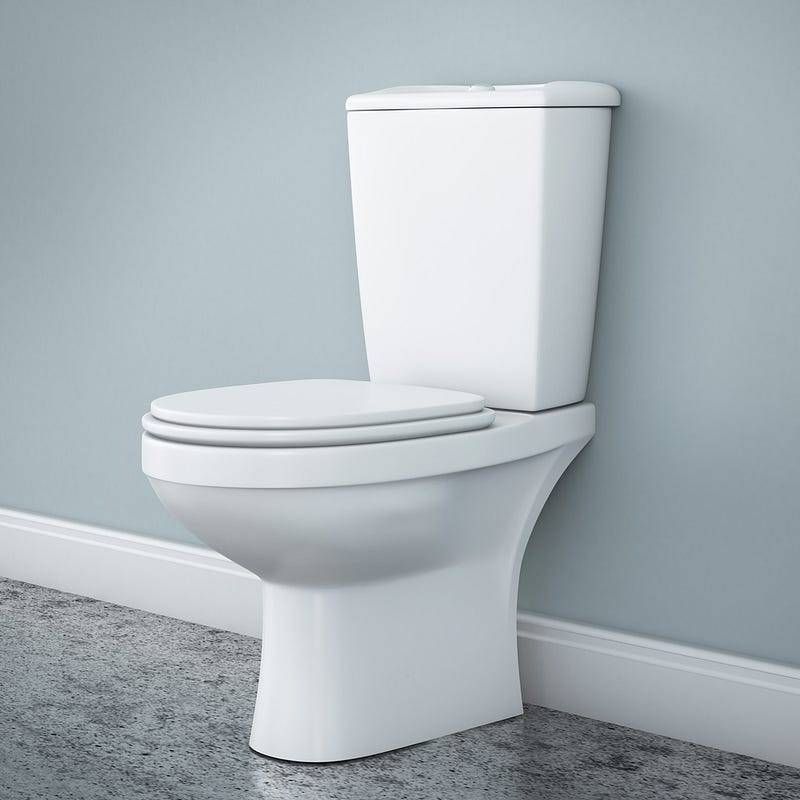Water is the most abundant substance on Earth and vital to our existence. Here are some facts to think about when you’re enjoying that next cold drink of water.
68.7% of the freshwater on Earth is trapped in glaciers, and almost 10% of the world’s landmass is currently covered in glaciers, with most of it in Greenland and Antarctica. Antarctica alone holds 90% of the Earth’s ice mass. Glaciers are essentially huge, frozen rivers of ice, and if all that land ice melted at once, the oceans would rise almost 230 feet. During the last ice age, the sea level was 400 feet below what it is today since the glaciers covered almost one-third of the land. (1)

Water can dissolve more substances than any other liquid, including acids. That’s why it’s known as the universal solvent. That’s important because wherever water goes, it takes along valuable minerals, nutrients, and chemicals. The chemical composition of water makes it an excellent solvent. With its polar arrangement of two hydrogen atoms that have a positive electrical charge and one oxygen atom that has a negative electrical charge, the water molecule can become attracted to many types of molecules and substances. (2)
Water makes up about 66 percent of the human body. 73% of the human brain is water. The heart is also 73%. The skin is 64% water, the lungs are around 83%, and the kidneys are 79%. Amazingly, bones are composed of 31% water. (3)
Americans drink more than one billion glasses of tap water per day. Those that opt for bottled water instead pay an average cost of $1.22 per gallon. That is 300 times more than the cost of tap water. There is a silver lining, however. Refilling a half-liter water bottle with tap water 1,740 times can equal the cost of a 99-cent bottle that is bought at the store. (4)(5)
Americans use 5.7 billion gallons of water a day to flush the toilet. That’s a lot of flushing. The number was discovered when researchers recorded 289,000 toilet flushes in 12 cities. They found that the average American flushes the toilet five times during the day, using 18.5 gallons of water. (6)
Here’s a case against washing those dishes at night. A water-efficient dishwasher can use as little as four gallons of water, but hand washing those same dishes would use twenty gallons. It sounds like a perfect excuse. (7)
There is no scientific evidence to support the recommendation of drinking eight glasses of water per day. The myth may have started because of a recommendation by the Food and Nutrition Board of the National Research Council in 1945 that stated a person should drink “1 milliliter of water for each calorie of food.” That amount is around 2 to 2.5 quarts per day or about eight glasses of water. But a later sentence stated, “Most of this quantity is contained in prepared foods.” There have been no studies to support the claim since you can get water from so many other substances. (8)
Drinking too much water can be fatal, and it’s known as water intoxication. Water intoxication causes an electrolyte imbalance which rapidly decreases the sodium concentration in the body. The result is death.
One such documented case involved a 64-year-old woman who was drinking water in huge quantities, somewhere between 30 to 40 glasses a day. She had episodes of vomiting, became hysterical, and continued saying that she had not drunk enough water. She went to bed, continued drinking water, and fell asleep. She died after some period of time.
After a postmortem exam, the cause of death was said to be because of hyponatremia. Hyponatremia occurs when the level of sodium in the blood is abnormally low, and sodium is important because it regulates the amount of water that’s in or around cells. Water intoxication causes movement of water into the brain cells because of the drop in osmolality and the subsequent neurological symptoms of dizziness, confusion, and, eventually, a coma can develop. (9)
There are an estimated 332 million trillion gallons of water on Earth, and it flows in a constant cycle as it evaporates from the ocean, goes through the air, rains down to the ground, and cycles back into the ocean. 70% of the earth is covered with oceans, and 96% of the water on the earth is saline water. (10)
NASA has discovered water in the form of ice on the moon. After the LCROSS probe impacted the lunar south pole of the moon in 2009, scientists estimated the equivalent of around twenty-four gallons of water in the crater where the probe impacted. They had believed water was present there since the permanently shadowed craters could keep water frozen at the surface. Scientists didn’t know exactly where or how deep the ice was, however. Researchers officially confirmed the location and presence of frozen water on the moon’s lunar north and south poles in 2019. (11)(12)
Water that was found to be between 1.1 and 2.6 billion years old was collected in the Timmins Mine beneath Ontario, Canada, 1.5 miles below the surface. One of the scientists even tasted it and described it as being, “Salty and bitter — much saltier than seawater.” (13)(14)
According to the National Geographic Society, hydrologists estimate that U.S. groundwater reserves to be at least 33 trillion gallons — equal to the amount discharged into the Gulf of Mexico by the Mississippi River in the past 200 years. In addition, about a quarter of all rainfall in the U.S. becomes groundwater. (15)
The world’s largest aquifer is the Great Artesian Basin in Australia. It covers more than 661,000 square miles. In the U.S., the Ogallala, or High Plains Aquifer beneath the Great Plains, which is also one of the largest in the world, covers eight states (South Dakota, Wyoming, Nebraska, Colorado, Kansas, Oklahoma, New Mexico, and Texas) and has an area of approximately 174,000 square miles.
That’s just one of the many aquifers, but the ground holds a staggering amount of water. So much so that groundwater in the United States is 20 to 30 times greater than the amount in all the lakes, streams, and rivers in the country. About 27 trillion gallons of groundwater are withdrawn for use each year. (16)(17)


On a quarter-acre of land (about the size of an average suburban house lot) that receives a half-inch of rain, 3,394 gallons of water would fall on the area. That is the equivalent of 85, 40-gallon baths. If that same amount of rain fell on Houston, with a size of 627 square miles, 5.4 billion gallons of water would fall, enough for 136 million, 40-gallon baths. (18)
A single thunderstorm cloud contains approximately 275 million gallons of water. It would take Niagara Falls, which has 750,000 gallons flowing over it each second, six minutes to equal the amount in a thunderstorm cloud. And since a gallon of water weighs about 8.34 pounds, the weight of a thunderstorm cloud is about 1.1 million tons or 2.3 billion pounds. (19)
Sources:
(1) USGS
(2) USGS
(3) USGS
(4) EPA
(5) Slate
(6) The Week
(7) Green Building Advisor
(8) Psych Central
(9) NCBI
(10) USGS
(11) Space.com
(12) Space.com
(13) National Geographic
(14) CNN
(15) NGWA
(16) National Geographic
(17) Wikipedia
(18) USGS
(19) USA Today





